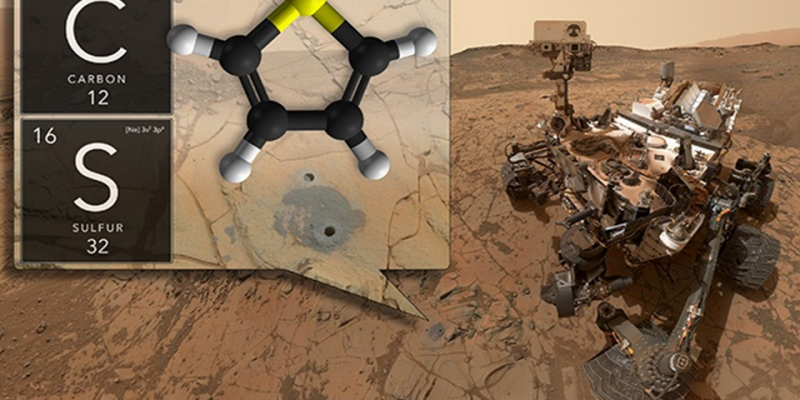
All the robotic spacecraft missions sent to Mars whether it be Perseverance, Curiosity (NASA), or Tianwen-1 (China) all have the same mission objective to investigate the Martian surface and find traces of biomass or ancient life on Mars.
But before raising the question of whether there is Life on Mars, another question that needs to be addressed is whether there are “Organic Salts on Mars”. What are these Organic salts? And how are they linked to biomass on Mars? Read on to find out!
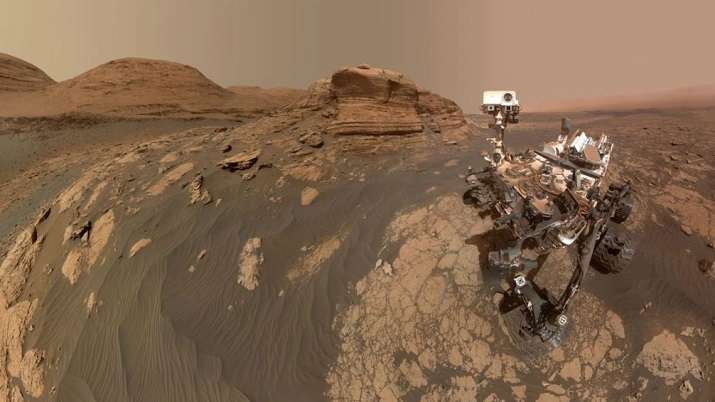
Organic salts detected on Mars (Image Source: India TV News)
Organic Salts: A brief introduction
Before delving into the topics of biomass and ancient life on Mars, there is something else we need to explore which are the “Organic salts”. You might be wondering how Organic salts can determine life on Mars or how are they connected to life in general.
Organic salts are chemical evidence of organic compounds (a slew of molecules containing carbon), these organic compounds may have been formed as a result of geological processes on Mars or in a way be relics of ancient microbial life on Mars.
While organic compounds can also arise from processes that are not biological, some salts such as acetates and oxalates are essential for some life forms on Earth as they provide energy, hence detection of these organic salts can be an important piece of evidence in the Martian Organic puzzle.
“If we determine that there are organic salts concentrated anywhere on Mars, we’ll want to investigate those regions further, and ideally drill deeper below the surface where organic matter could be better preserved.” NASA quoted James MT Lewis, an organic geochemist who led the research, as saying.
The discovery of Organic salts can strengthen the possibility of finding biomass on Mars, especially salts such as oxalates, acetates if found can be a compelling piece of evidence in finding life on Mars and support habitability in another environment.
However, identifying Organic salts is a challenging task as the Martian surface has been constantly been bombarded by harmful radiation that would have erased or broken up these organic molecules.
Hence like shards of ancient pottery that need to be brought together to get the complete picture of the artifact, these salts are also chemical remnants of organic compound which need to be gathered and studied to get the full picture about ancient life on Mars.
Curiosity Rover
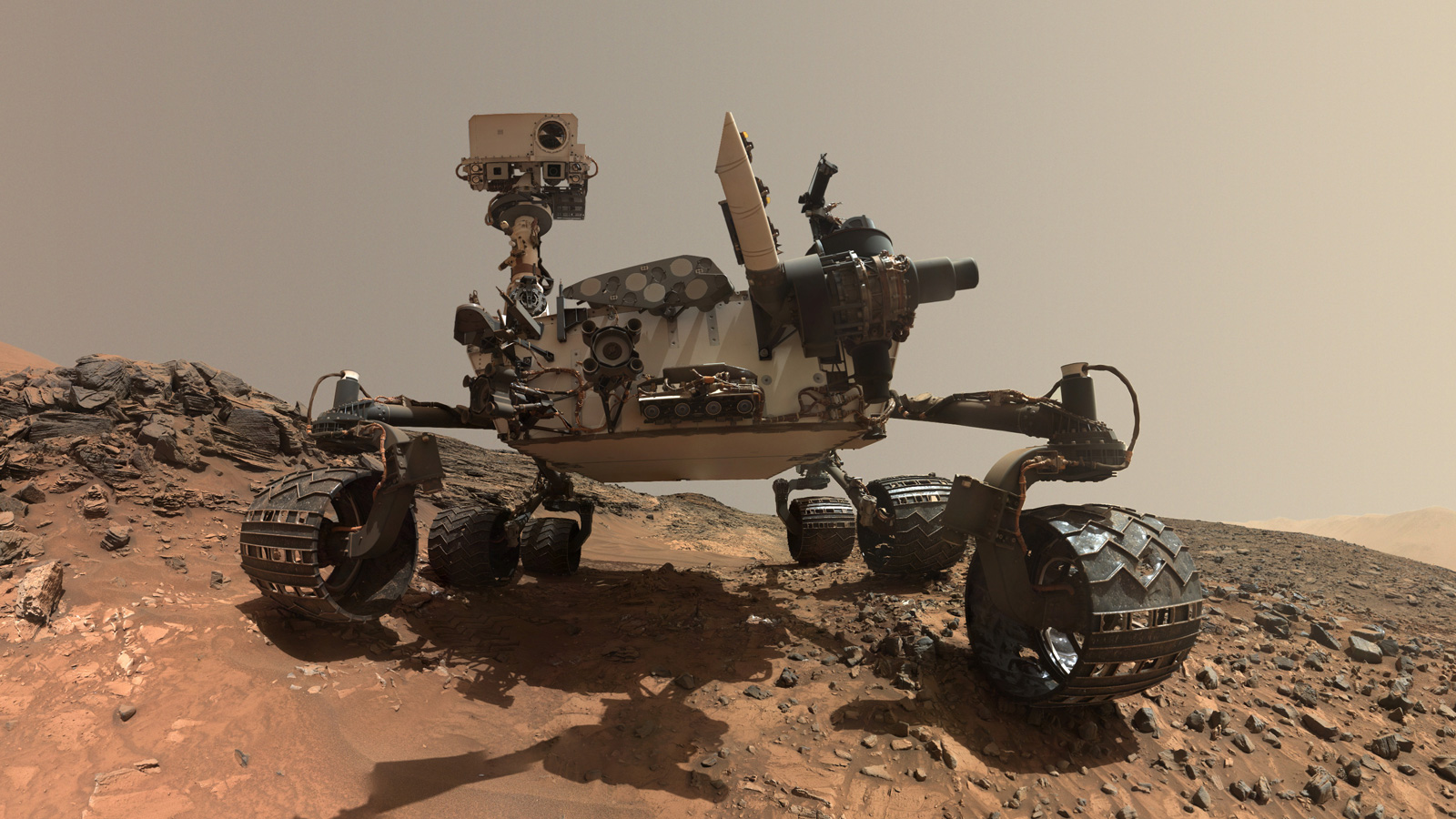
NASA Curiosity Rover (Image Source: NASA)
As Ken Robinson states “Curiosity is the engine of achievement.” NASA’s Curiosity rover is the space industry’s engine of achievement in the Red planet. The Curiosity rover was launched by NASA from Cape Canaveral on 26 November 2011 and landed on the Martian surface inside Gale carter on 6 August 2012.
The rover has been active for nearly 8 years and 293 days surveying the cold, dusty and barren crust of Mars to assess whether this Red planet ever hosted any environment which can support small life forms such as microbes.
Curiosity carried the most advanced instruments on board to Mars and it was the first rover that was ever sent to Mars with the biggest and high-end instruments for analyzing the Martian surface.
Throughout its lifetime Curiosity’s mission was to scoop up Martian soil, drill into Martian rocks and analyze the samples. By studying the Martian geology, its structure, and chemical composition we get more info and can look back into the history of the Red planet.
How did Curiosity detect organic salts?
Curiosity leads the way in finding organic salts with the help of organic detection techniques, thermal extraction along with mass spectrometry. Onboard Curiosity is SAM (Sample Analysis at Mars), SAM is one of the most advanced instruments that Curiosity carried along, and it is also considered the backbone of Curiosity in analyzing the Martian samples.
In other words, SAM is a portable chemistry lab. Another advanced instrument present in Curiosity is CheMin short for the Chemistry and Mineralogy instrument. With the help of these advanced instruments Curiosity embarked on its journey to find evidence for the presence of Biomass on Mars. Preserved Organic matter in Martian rocks can provide an insight into the planet’s carbon cycle, habitability, environment as well as biology over time.
How does SAM work?
Sample Analysis at Mars (SAM) (Image Source: NASA)Being a portable chemistry lab located in the belly of the Curiosity rover Sample Analysis at Mars (SAM) investigates the organic and inorganic chemistry on the Martian surface, it does so by heating the samples.
The samples are heated up to 1000°C, at such a high temperature the molecules in the sample break apart which then releases gases, the gases are then sent to a mass spectrometer present in the rover which will then identify the chemicals present in the gas. By analyzing the chemical compounds present in the gas the scientists can get to know the chemistry going on the Martian surface.
However, there exists a drawback in analyzing samples using SAM, when the Martian samples are heated they undergo various interactions between minerals and organic matter, this makes it very difficult for analyzing the data and conclude it, the gases emitted can also be released from any other soil additives on the Martian surface which further adds to the uncertainty present in the data analysis.
Researchers also experimented on Earth regarding the downside of this analysis. The scientists experimented on a range of samples of organic rocks which were mixed with inert silica to replicate the composition of a Martian rock.
They also investigated the impact of adding perchlorates, which are inorganic salts that contain chlorine and oxygen to the silicate mixture, these perchlorates are present quite abundantly on the Martian surface.
The result was that the researchers found that perchlorates did interfere with the experiments and the results from perchlorate containing samples matched to a greater extent with SAM data than samples that didn’t have perchlorates in them, therefore making it more difficult to detect organic salts, as the chlorine and water present in perchlorates react with the organics.
However, SAM was at least able to reveal the presence of sulfur in the samples collected and this sulfur might have been part of a bigger complex organic compound that was preserved from the harmful radiations and therefore did not break easily.
“We are still very much at the beginning of understanding the organic chemistry of Mars,” Lewis says, “but the organic fragments we’ve seen with SAM have given us insight into how organic matter could be surviving.”
How does CheMin work?

CheMin (Image Source: Wikimedia.org)
Therefore even with advanced instruments such as SAM onboard Curiosity, it is difficult to directly identify organic salts on Mars. Hence the team of scientists suggested another advanced instrument which is CheMin. Instead of heating the sample and identifying the compounds present, CheMin directly shoots X-rays at the sample and then measures the angle at which the X-rays are diffracted toward the detector.
While SAM can detect salts even if they are present in lower concentrations on the other hand CheMin is not capable of detecting salts in lower concentrations hence as of now even though SAM had found traces of Organic salts, CheMin has not detected anything and the main reason is because of the high level of radiation that the Red Planet has been subjected to for millions of years.
As the Martian atmosphere is very thin and also the magnetic field of the planet is quite less, the radiations easily penetrate and reach the surface of the planet, this high level of radiation can easily break down the organic compounds into smaller fragments which greatly affects its preservation.
Therefore scientists have to collect these pieces of organic salts and construct them to get the big picture of the complex organic compound from which they were broken off, which would be able to disclose the ancient environment as well as the potential biology of the Red planet.

Image Source: Wikimedia.org
Curiosity’s SAM and CheMin are set to continue their journey of analyzing the Martian surface and search for signals of organic salts as they travel to a new region on Mount Sharp in Gale Crater.
Future Exploration and Excavations
Future missions can be wired in such a way that they aid the current ongoing exploration of Organic salts on Mars, these can be in the form of satellites orbiting the Red planet. The satellites can assist in detecting regions with high salt concentrations, hence spacecrafts can be sent to those areas to do further analysis on the samples.
Mars was thought to have once supported life before it started losing its atmosphere and magnetic field. If life did exist the only possible way of it still surviving is by escaping away from the harmful radiations and flee underground to prevent being obliterated. If this hypothetical situation did exist then there is a high possibility in the presence of a large number of organic compounds below the Martian surface.
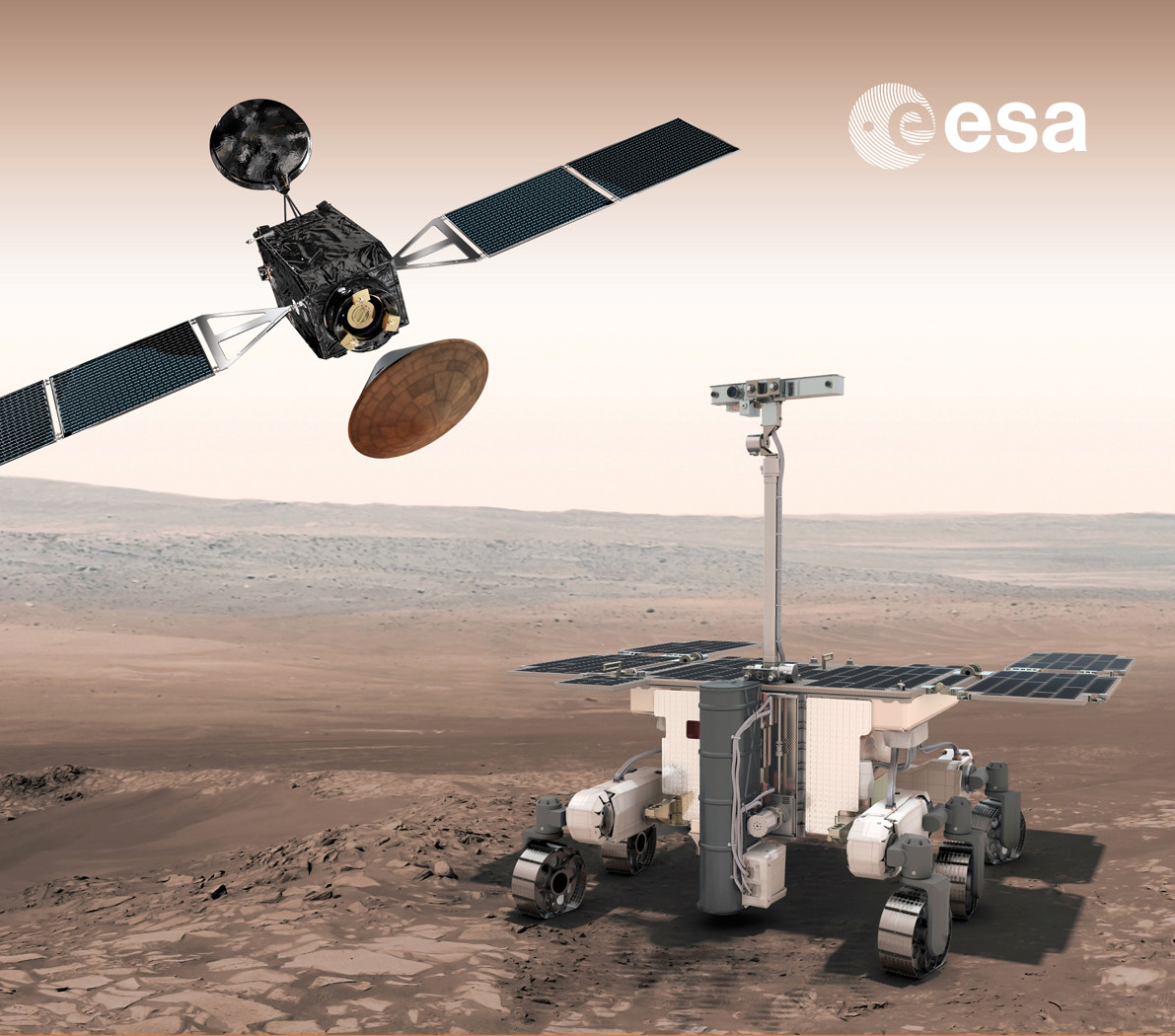
Image Source: Alter Technology
In the coming years, scientists have more opportunities to better study the persevered soil below the Martian surface as the European space agency (EOS) will be launching their own Mars rover that is named ExoMars.
ExoMars is set to carry instruments that are capable of drilling up to 2 meters, ExoMars will also be carrying a Goddard instrument for analyzing the chemistry of these deeper Martian layers.
Even though Perseverance is not equipped with any instrument capable of detecting Organic salts on the Martian surface it is currently collecting samples for future return to Earth where scientists can use sophisticated lab instruments and techniques without any limitations to identify the organic compounds.
“We are trying to uncover billions of years of organic chemistry,” said Lewis. “And in this organic record, there may be the biggest prize: evidence that life may have existed on the red planet.” It is worth remembering that the presence of carbon is the primary reference indicator for an organic matter – according to human standards -, but it does not necessarily mean “life”.
This new study and discovery of the presence of organic salts in 3 billion-year-old rocks on the Martian surface even though present in trace amounts is a very positive indication that with better equipment and data from future missions such as ExoMars scientists will be able to extract more knowledge regarding the presence of Organic salts on Mars which can finally provide some insights in answering one of the most intriguing questions – “is there life on Mars?”
Suggested Reading 1: Tianwen 1: Asia’s first soft landing on Mars
Suggested Reading 2: Oldest water on Earth is probably linked to life on Mars?
Author
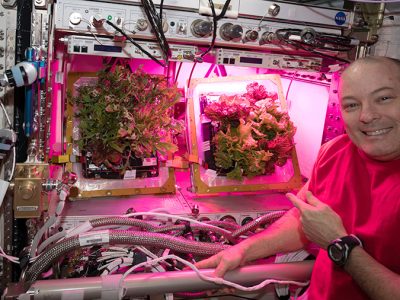




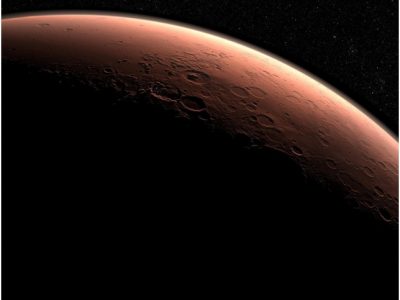
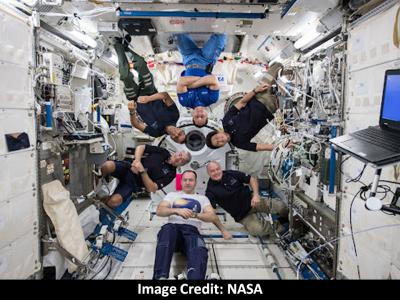






Great knowledge crater about the instruments and the rover itself . Thank you